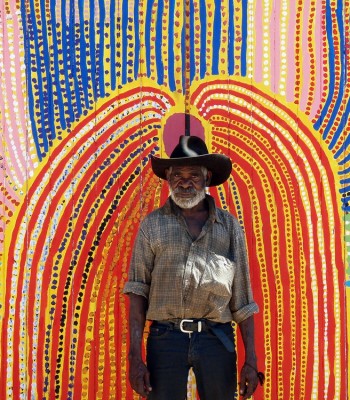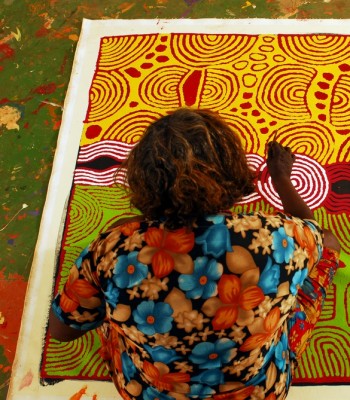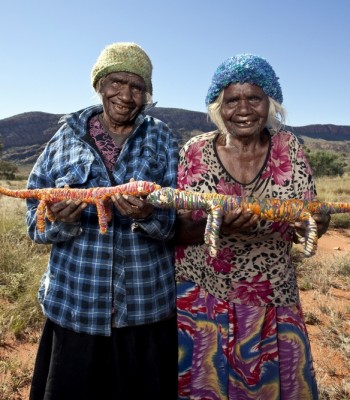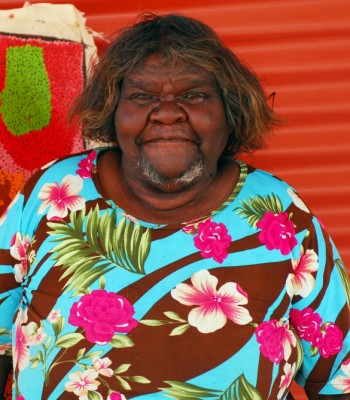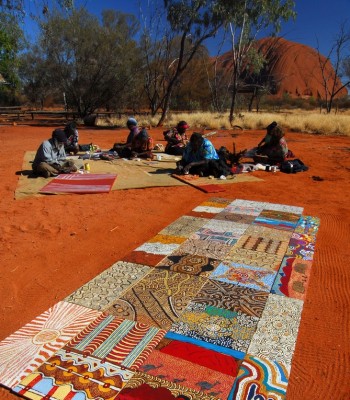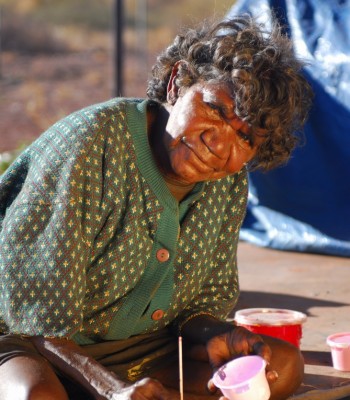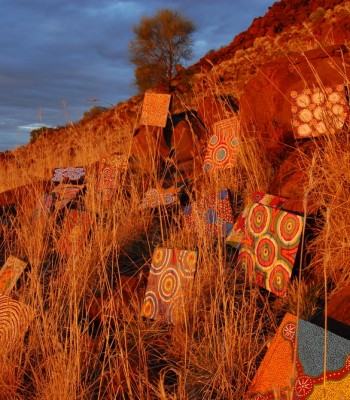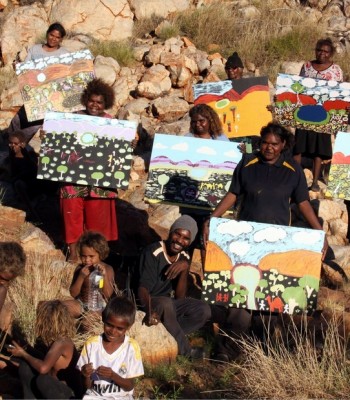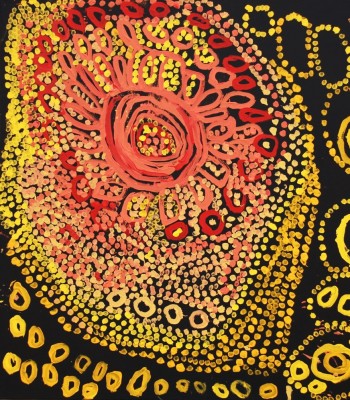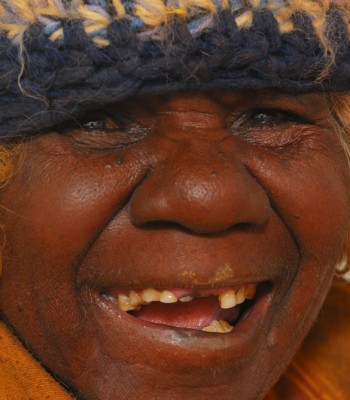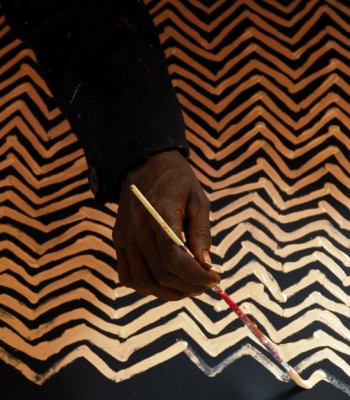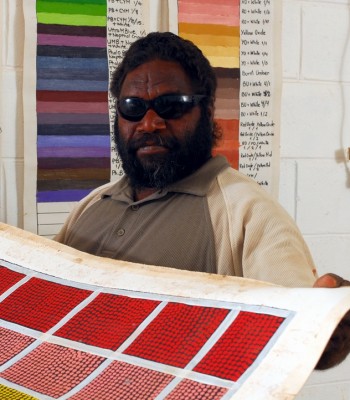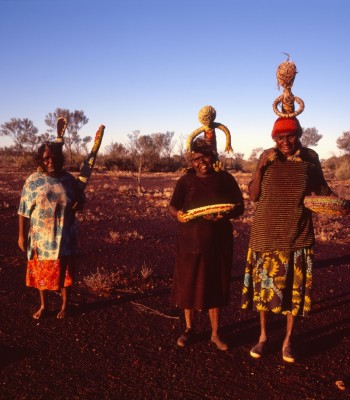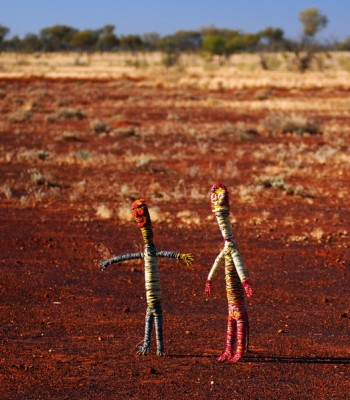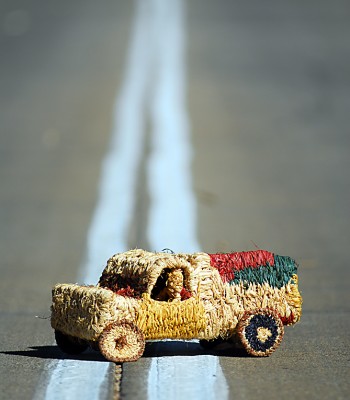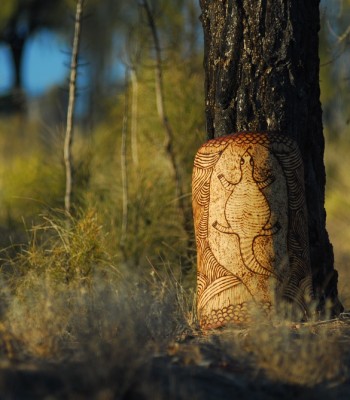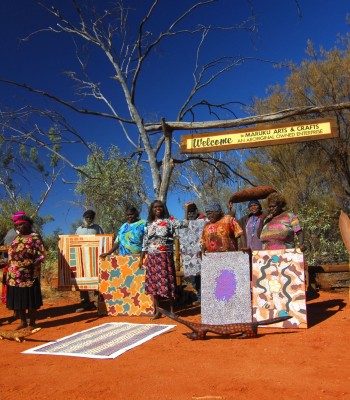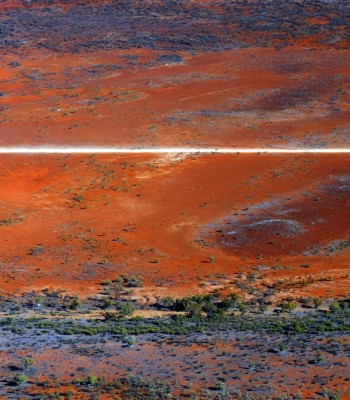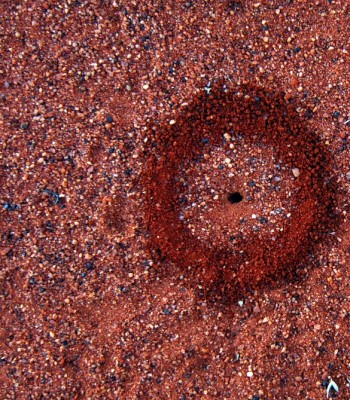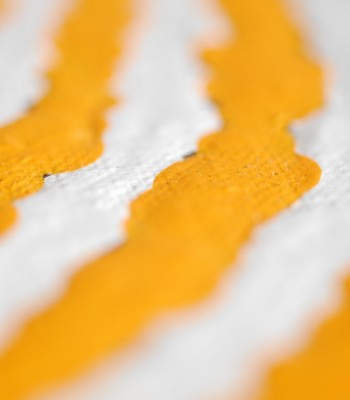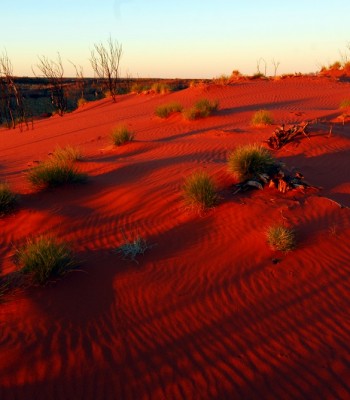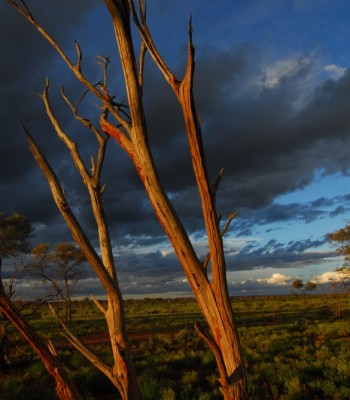Canvas (Painting)
The most recognised of all Aboriginal art mediums is painting, though styles vary between the communities and regions of Australia. The Ngaanyatjarra artists are part of the ‘western desert school’ best known for their abstract acrylic works.
Paintings are usually done by an individual artist, but strong social and family connections means that collaborative paintings are common, where artists depict a shared story on canvas.
Punu (Carving)
The Western Desert people have produced weapons and utensils from wood for tens of thousands of years. Yarnangu (Aboriginal people) have now adapted this long tradition of carving punu (woodcarving) to make sculptures and artefacts for the contemporary art market. Most carvers from the Ngaanyatjarra Lands are represented by Maruku Arts.
Contemporary styles of carving animals and incising them with burnt wire decoration became common in the western desert communities in the 1950s when artists were encouraged by missionaries to produce cultural and creative items for display or sale. Punu examples include:
- Piti/Kanyilpa/Wira: Bowls
- Timpilypa: Music Sticks
- Kali: Boomerang
- Tjara: Shield
- Tjutinypa/Kantitjara: Clubs & Chisels
- Miru: Spearthrower
- Kulata: Hunting Spear
Tjanpi (Weaving and Fibre)
Yarnangu women of the western desert have for a very long time worked with natural fibres to create items such as bush sandals, hair, wigs, string skirts and dresses and face coverings, head-rings and head-bands for daily and ceremonial use. Adding a contemporary spin to the traditional, women now create baskets, vessels and an astonishing array of vibrant sculptures drawing on community living as well as themes from the tjukurrpa for inspiration.
Fibre artworks are usually made from native desert grass (tjanpi), gathered locally and combined with a variety of other materials, predominantly raffia, jute string and wool, as well as emu feathers and bush seeds. Some sculptors also include found materials, such as chicken wire, egg cartons, broken toys and car parts. Artists from many communities are now recognised for their joyful and innovative fibre artworks.
